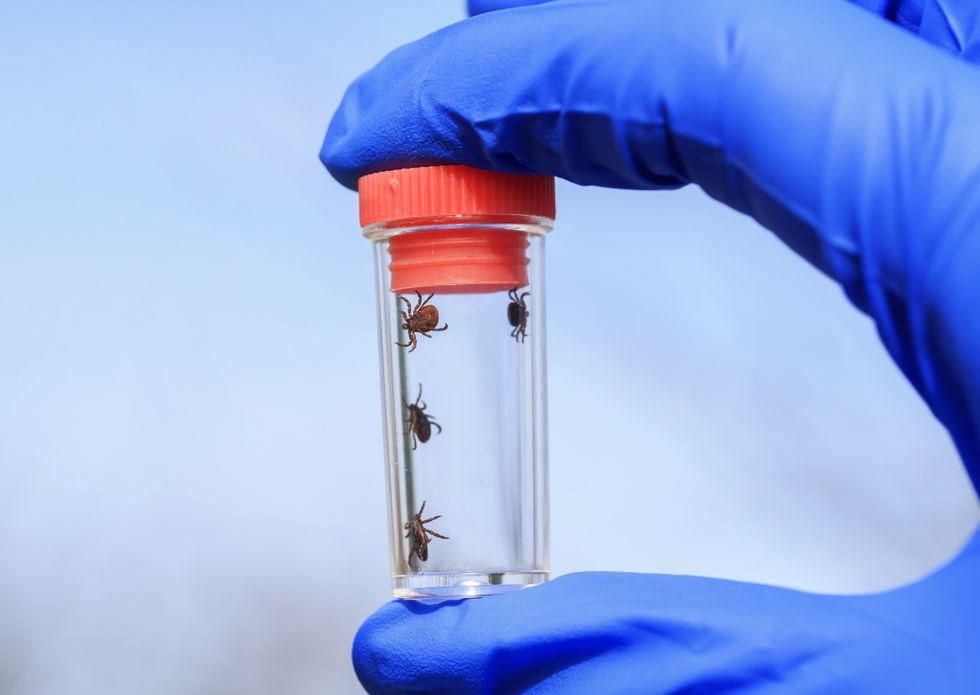
Could eliminating the static electricity that humans naturally give off lower the chances of a tick bite?
Yes, claims new British research that demonstrates that while ticks can’t jump, they can land on a host to bite by using that static electricity.
Lowering the ability of ticks to attach to people and animals would reap a huge social and economic benefit, according to the study. That’s because ticks carry a variety of illnesses, including Lyme disease, which can wreak havoc on people’s lives.
“We knew that many animals, including humans, can accumulate quite significant electrostatic charges,” explained lead author Sam England, from the University of Bristol’s School of Biological Sciences.
An example of this is rubbing a balloon on your hair, England said. In nature, animals also get an electrostatic charge when they rub on grass, sand or other animals.
“These charges are surprisingly high and can be equivalent to hundreds, if not thousands, of volts — more than you get out of your plug sockets at home! Importantly, static charges exert forces on other static charges, either attractive or repulsive depending whether they are positive or negative,” England said in a university news release.
“We wondered whether the static charges that mammals, birds and reptiles naturally accumulate could be high enough that parasitic ticks could be lifted through the air by electrostatic attraction onto these animals, therefore improving their efficiency at finding hosts to feed on,” he explained.
The team tested this at first by bringing statically charged rabbit fur and other materials close to ticks to see whether they were attracted to them.
They witnessed the ticks being pulled through the air across gaps of several millimeters or centimeters. This would be like a human jumping up several flights of stairs.
“First, we used previous measurements of the typical charge carried by animals to mathematically predict the strength of the electric field that is generated between a charged animal and the grass that ticks like to sit on and wait for hosts to pass by,” England said.
“Then, we placed ticks underneath an electrode, with an air gap in between, and increased the charge on the electrode until the ticks were attracted onto the electrode,” he added.
“By doing this we were able to determine the minimum electric field strength at which the ticks could be attracted,” England said. “This minimum electric field was within the order of magnitude predicted by the mathematical calculations of the electric field between a charged animal and grass, therefore it is likely that ticks in nature are attracted onto their hosts by static electricity.”
This may also be true for other parasites, such as mites, fleas and lice.
The findings could prompt the development of new technologies for minimizing tick bites in humans, pets and farm animals, such as antistatic sprays.
“Until now, we had no idea that an animal could benefit from static electricity in this way, and it really opens up one’s imagination as to how many invisible forces like this could be helping animals and plants live their lives,” England said.
The findings were published June 30 in the journal Current Biology.
More information
The U.S. Centers for Disease Control and Prevention has more on tickborne diseases.
SOURCE: University of Bristol, news release, June 30, 2023
Source: HealthDay

Leave a Reply